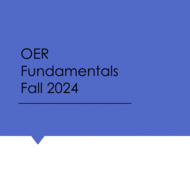Early detection of myocardial impairment in the setting of systemic lupus erythematosus
(View Complete Item Description)This resource is a video abstract of a research paper created by Research Square on behalf of its authors. It provides a synopsis that's easy to understand, and can be used to introduce the topics it covers to students, researchers, and the general public. The video's transcript is also provided in full, with a portion provided below for preview: "A new report published in Arthritis & Rheumatology suggests that cardiovascular disease affects patients with systemic lupus erythematosus much earlier than previously thought – in some cases even before active lupus sets in. The finding was reported by a team of researchers based in China who have been working on validating the use of magnetic resonance imaging to detect the early manifestations of cardiac impairment. With heart disease being the leading cause of death in patients with SLE, the ability to detect very early signs of cardiac dysfunction in this group could one day lay a foundation for enhanced preventive strategies. Traditional cardiac MRI approaches like late gadolinium enhancement don’t perform well in detecting early indications of heart disease, such as disturbances in myocardial extracellular volume. Missing these early warning signs could hide the fact that heart disease has set in and potentially complicate treatment efforts..." The rest of the transcript, along with a link to the research itself, is available on the resource itself.
Material Type: Diagram/Illustration, Reading


